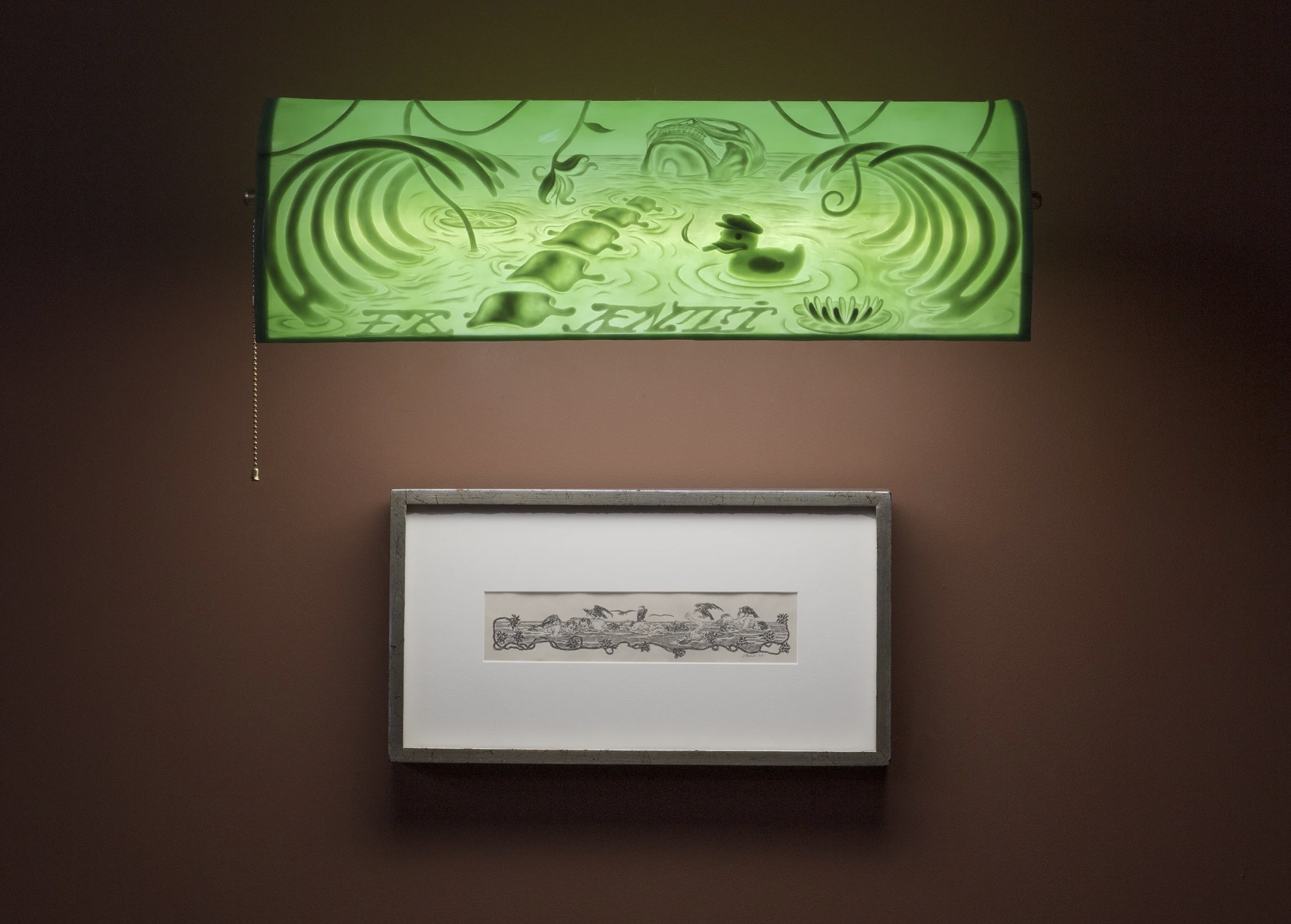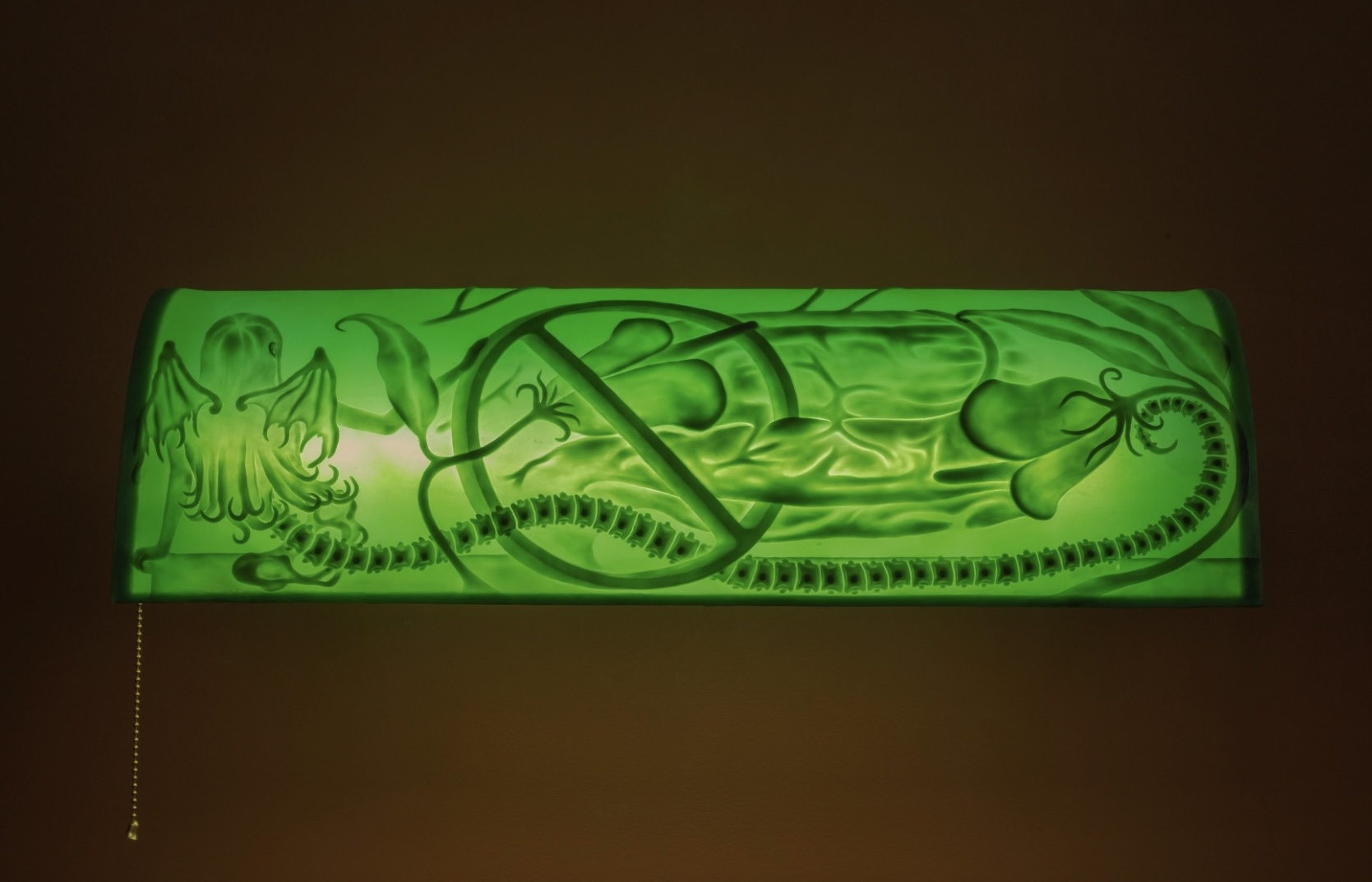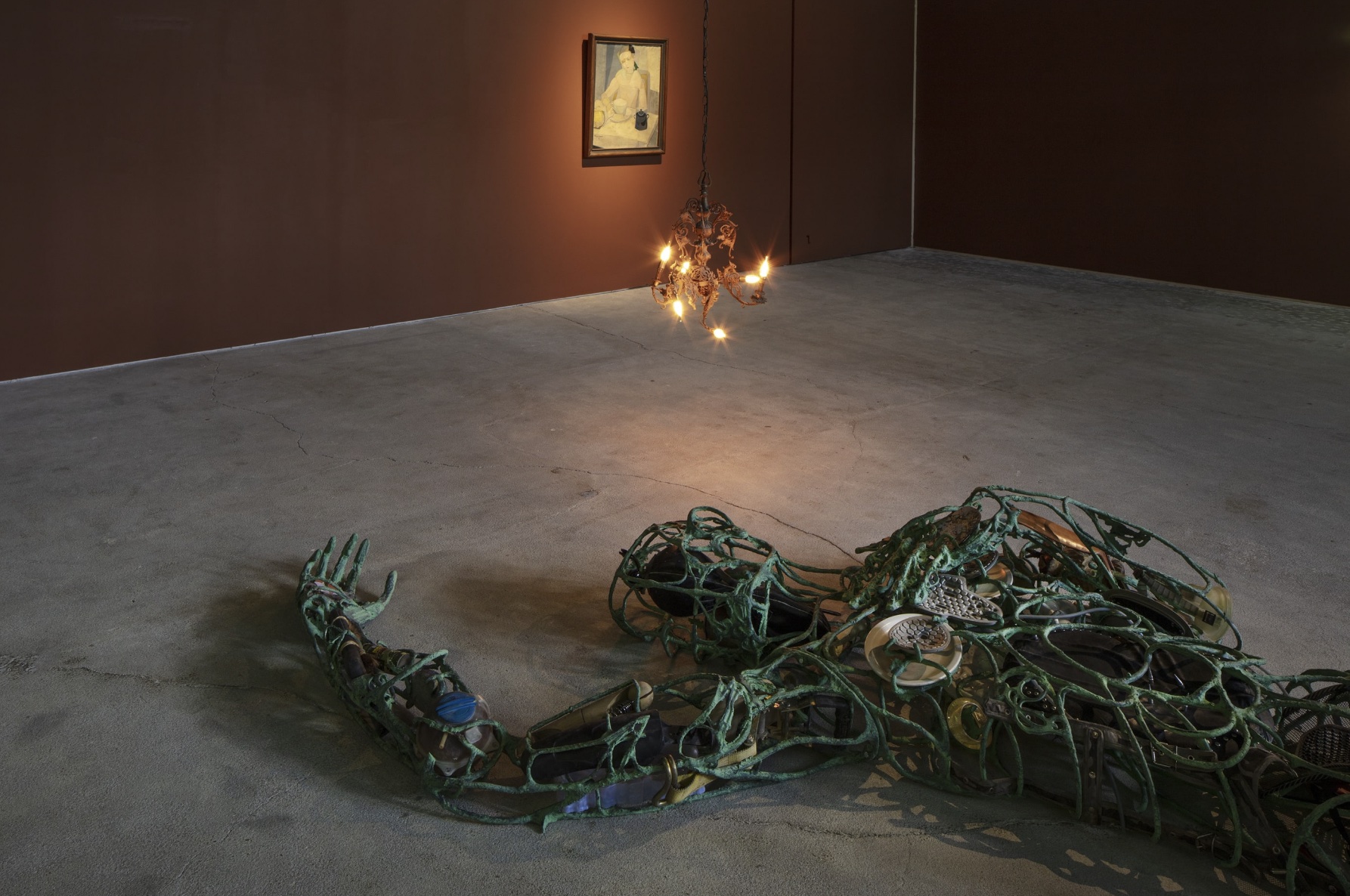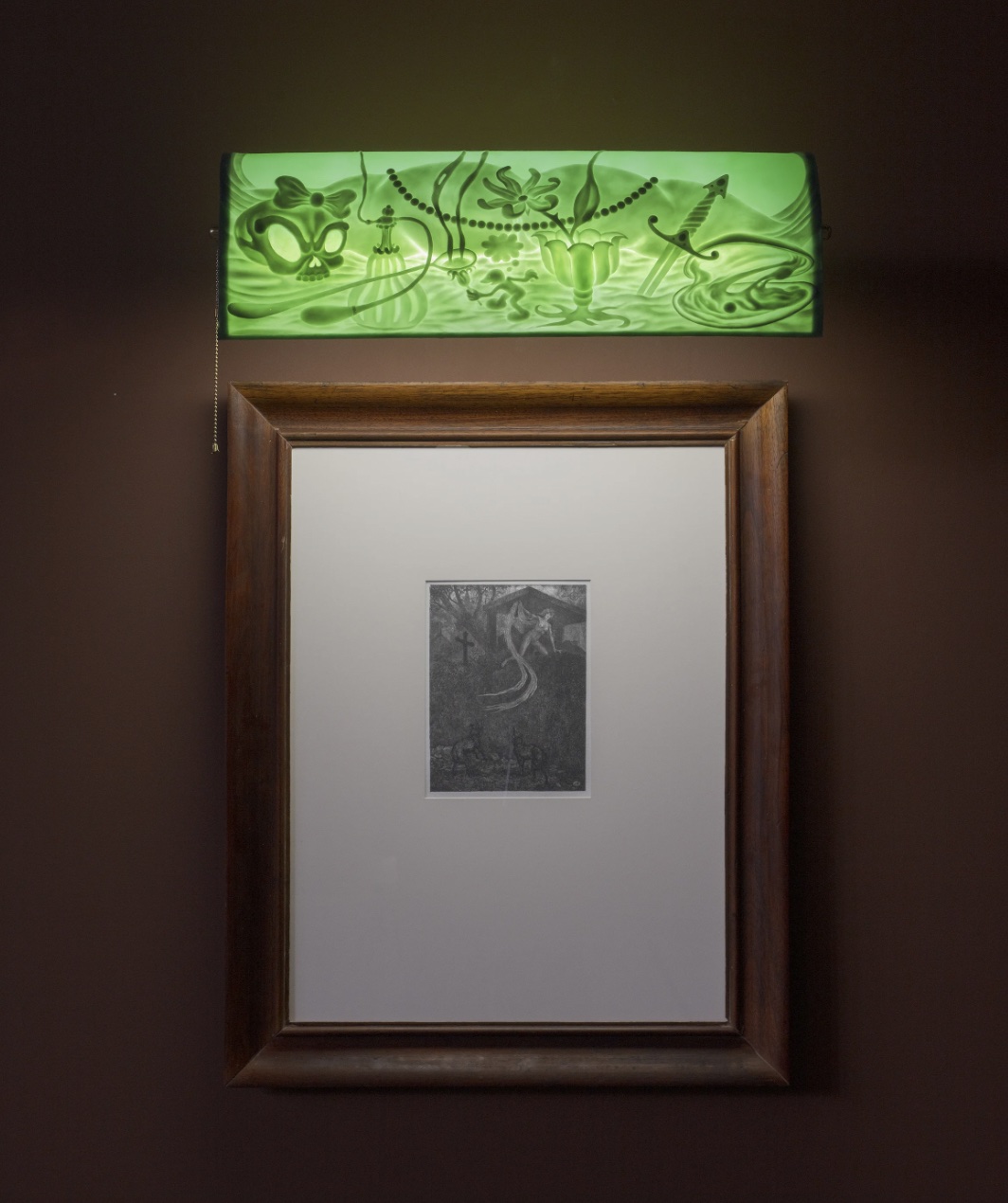
Review
At Half Light I Saw You Convalescing: On 'Inverse Sátiro Envy' by ASMA and Julio Ruelas at PEANA
by Bruno Enciso
Reading time
5 min
The artistic duo ASMA (Hanya Belia and Matías Armendaris) presents Inverse Sátiro Envy at the Mexico City gallery PEANA, accompanied by Rodrigo Ortiz Monasterio’s curating. As a result of a curious maneuver, also on exhibit together with ASMA is work by Julio Ruelas (1870-1907), a Mexican painter and engraver. Ruelas’s work is historically associated with the Symbolist School, as well as with Revista Moderna, a literary bastion of romantic thought in Mexico at the end of the 19th century. Figures like Ruelas delineate the myth of the cursed artist: devoted to passions, living a short, solitary, and artistically virtuous life. Surely there is some kind of enthusiasm behind the recovery of the Ruelas legacy for this project, and yet I am not convinced that it is a question of tribute. Although this atmosphere encourages caution, a morbid curiosity runs parallel to it.
Presented here is a captivating selection of works by the nineteenth-century artist, drawn from private collections. Invoked is the ghost of the body resting peacefully in a Paris cemetery (as was his desire in life) in order to re-enchant the fruit of his craft and to see reunited some of the demons that disturbed his spirit. These paintings and engravings produce delicate and dense encounters, made visible through erudite references and poisoned symbols. The main room of the gallery is kept primarily dark, without any institutional light seeming to present these works as heritage documents. The orange of the walls seems to be contaminated; it does not achieve any effect of warmth.

Individually or in small ensembles of no more than three elements, Ruelas’s paintings are illuminated by lamps with semi-translucent green shades that glow in acid or spectral colors. ASMA has intervened on them with intriguing compositions, easily recognizable as part of the plastic-poetic realm that characterizes them. Although it might be interesting to break down the visual and language games vibrating in each of these compositions, the relationship between lamps and paintings is the one that seems to me central, the one sustaining the exhibition.
In the paintings: frightful emanations of an ancient modern spirit, conscious of its own decadence. In the lamps: the salvage of a nostalgic, naively bourgeois object, now covered in ironic and artificial gestures, producing minimal light with the hyper-condensed values of post-internet society. Lamps and paintings come from different times, forced by the artists to confront and discover each other. A dim light is enough to point out the very dark abyss that—after several centuries—perseveres. Forcing times to collapse, the artists dodge the historicist task. They do not seek to explain a cycle, and neither are they able to narrate a cursed lineage. If anything, they sense their proximity to the abyss. They suspect that the curse is still active.

It is important to highlight the presence of a Cubist portrait painted by Ángel Zárraga (1886-1946). It is a character of subtle androgyny sitting in front of a breakfast table, holding a cup. Both the domestic air and the pastel palette seem to escape the gloomy regime of the rest of the show. This emblem is necessary for the curse to endure. An innocent face, a conventional object—something that covers the darkness while preserving it. Its fatal latency remains perceptible only to a few sensitive observers, susceptible to being affected.
The second moment of the assembly introduces a huge sculpture to the center of the gallery. It is a male body reclining in a comfortable and mannered position. The dim and greenish light is suitable for looking at its interiors, as in a strange X-ray. Its organs are confused with its chakras because they are all garbage, the indigestible junk of modernity. I have the impression that this character embodies the inverted envy announced in the show’s title. It prefers to opt for the double negative (a deviant statement) rather than openly pronounce its desire as such: deranged, plastic, and insatiable. At risk of being too illustrative, perhaps the artists here rehearse the current effects of the curse: a new and perishable sense of the human.

If the internal logic of this installation is taken into perspective, a more political commentary could be outlined regarding the problematic connection of the myth of the cursed artist with a certain genealogy of contemporary art in Mexico. Fortunately, for some years it seems that this connection has been questioned from different positions, as in different feminisms. In ASMA they seem to be aware of the dynamics that traverse through us as agents close to a certain type of art, and—without losing sight of them—they have produced a framework for reviewing them in relation to the intimacy that one has with oneself inside this false bedroom, before going out into the field of well-thinking discourse. I withdraw from the show with the suspicion that to the extent that the production of objects is reinstated as the central axis of artistic work, the spaces for reviewing that intimacy will be more difficult to locate.
Translated to English by Byron Davies
Published on July 19 2023